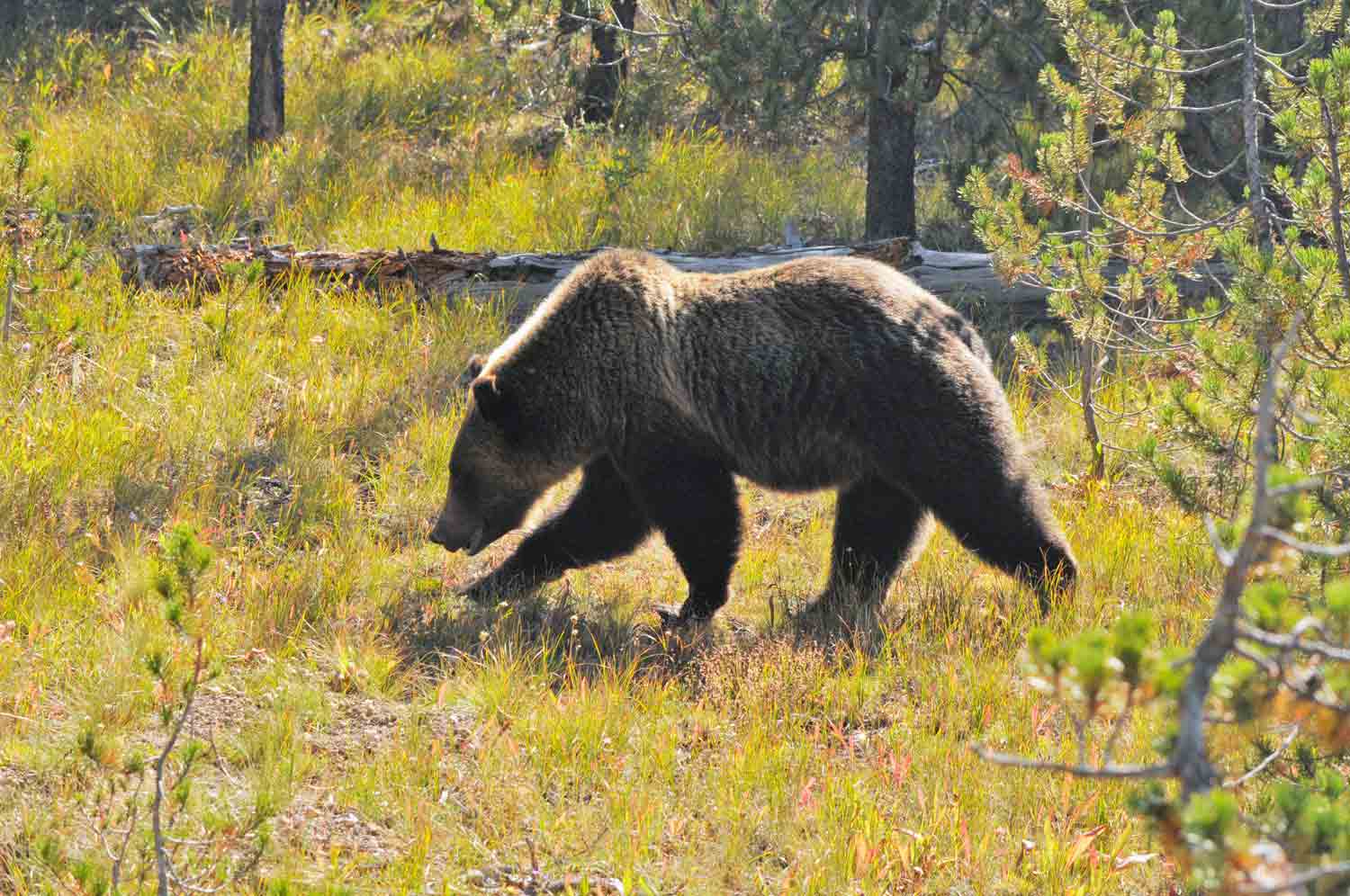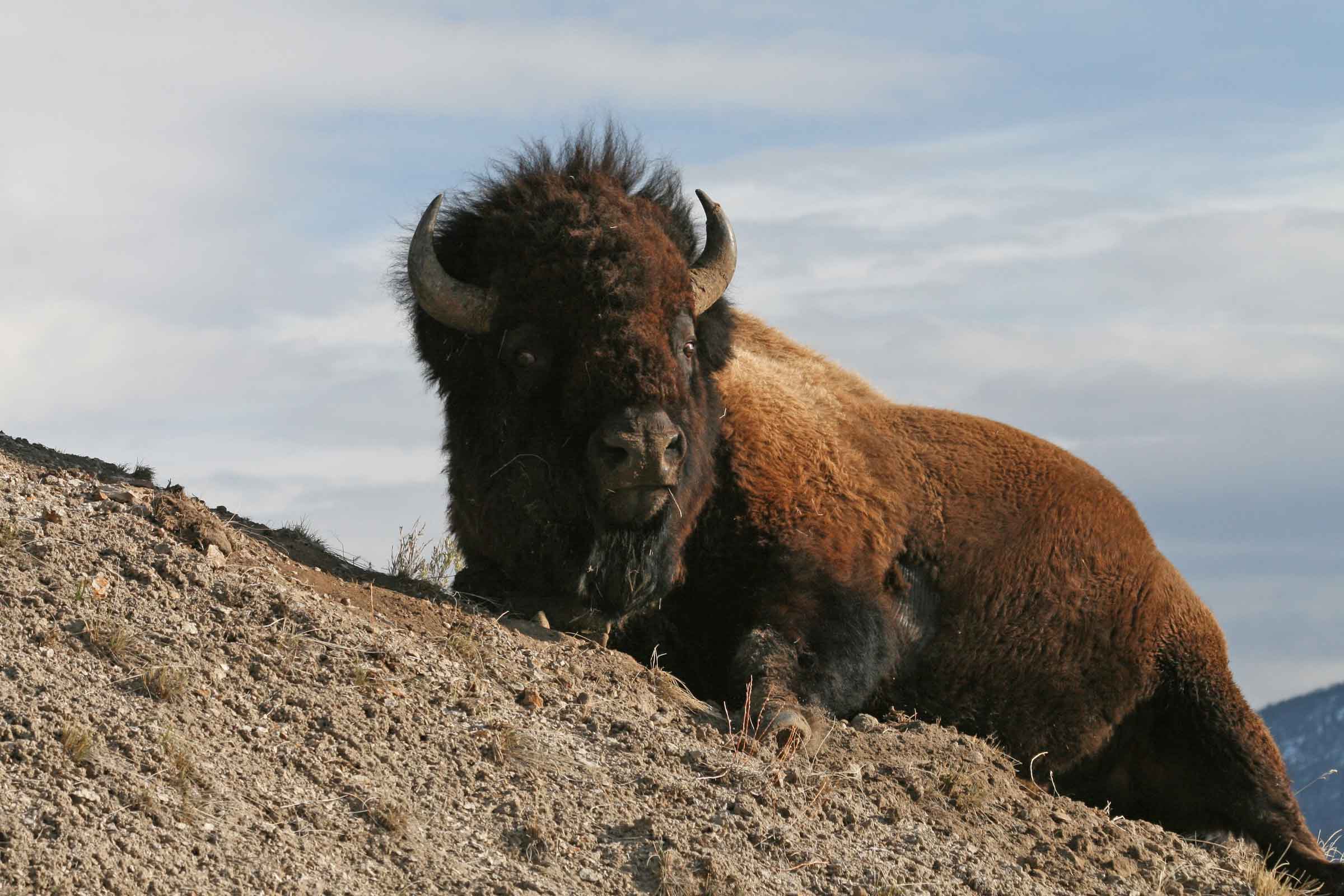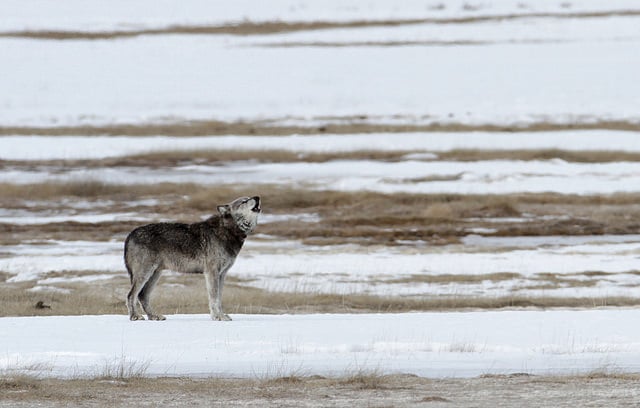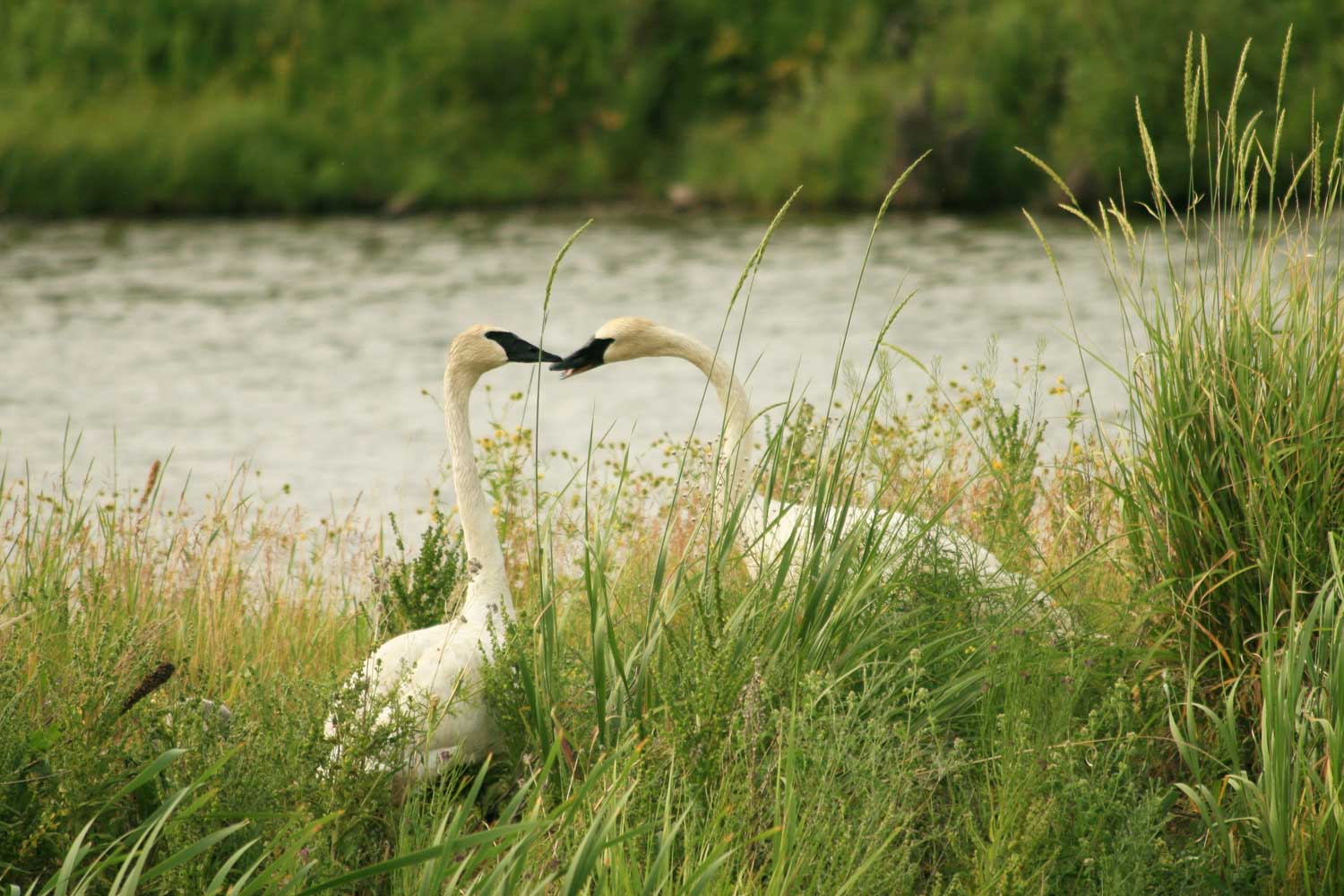6 Surprising Yellowstone Wildlife Facts
Yellowstone Wildlife
At 3,472 square miles, Yellowstone National Park is an enormous reserve full of diverse terrain, stunning views, pristine natural beauty, and a lot of wildlife. Hundreds of different species call Yellowstone home. In fact, 67 different species of mammals alone live here, making it the largest concentration of mammals in the lower 48 states. With such a wide variety of animals throughout the park, people are often eager to learn more about them—particularly the weird and wonderful facts that make wildlife so interesting! That’s why we’re happy to be sharing our favorite Yellowstone wildlife facts with you today. Whether you’re planning an upcoming trip to the park and want to know more, or you’re simply looking to impress your friends with your animal knowledge, these wildlife facts are sure to have you looking at Yellowstone wildlife in a whole new light.
Grizzly bears are faster than they look
Grizzly bears are big—really big. Males can grow to be as large as 700 pounds. With all that weight, you’d think they’d be slow-moving animals.
The truth is that grizzly bears can reach top speeds of up to 40 mph. That is faster than your average rabbit, white-tailed deer, and housecat. If you’ve seen a cat run around your house, you know they can be pretty quick. Now imagine adding nearly 700 pounds to their size and you’ll start to get a sense of how impressive a grizzly’s speed can be. These agile animals are also quite adept at swimming, and in the spring can commonly be observed emerging from hibernation.
Bison have called Yellowstone home since prehistoric times
Bison are synonymous with Yellowstone National Park, and it’s easy to understand why. After all, they’ve lived here for thousands of years. Today, Yellowstone National Park is home to the only continuously free-ranging bison population in the lower 48 states. That said, there was a time when Yellowstone’s bison were pushed to the brink of extinction. In fact, in 1902, only about two dozen bison lived in the park. Through careful conservation efforts, bison are once again flourishing in Yellowstone, with an estimated 4,800 living in the park as of 2023.
Bison are known for sticking together
Social animals by nature, bison often form herds directed by older females. These herds are well known for keeping bison safe from predators as they work to protect and defend themselves as a group. Of course, it probably doesn’t hurt that bison are the largest land-dwelling mammal in North America. If a wolf or grizzly bear comes upon a herd of bison, they may take one look at their intimidating size and turn the other way in search of elk or another potential meal that’s easier to catch. We can’t say we blame them.
Between 1926 and 1995, there were no wolves in Yellowstone
It might be hard to believe, but wolves were scarce in Yellowstone for much of the 20th century. In fact, by the mid-1900s, intensive surveys found no evidence of wolves living in the park. This all changed in 1995 when 31 gray wolves were relocated to Yellowstone from Canada. This reintroduction proved to be a great success, and as of January 2024, it was estimated that 124 wolves reside in the park itself and around 500 in the Greater Yellowstone Ecosystem. In addition, researchers have identified 10 distinct packs in the area. Not bad for an animal that was practically non-existent just over 20 years ago!
Five different types of snakes live in Yellowstone
While Yellowstone is predominantly known for its bison, bears, and wolves, many other animals call the park home, including snakes. To date, five different species of reptiles have been identified in Yellowstone National Park but only one is dangerously venomous. These include:
• The bullsnake
• The prairie rattlesnake
• The rubber boa
• The common garter snake
• The terrestrial garter snake
Now, if snakes give you the shivers, you’re not alone. But you’ll be happy to know that of these slithering residents of Yellowstone, only one—the prairie rattlesnake—is dangerously venomous. And furthermore, there have only been two reported prairie rattlesnake bites in the nearly 150-year history of the park.
Yellowstone is home to North America’s largest wild waterfowl
Over the years, 285 species of birds have been documented in Yellowstone, with approximately 150 regularly nesting in the park. Amongst these frequent visitors are trumpeter swans, which are known for their unique, brassy call, elongated necks, and impressive wingspan (sometimes exceeding eight feet!). Trumpeter swans also hold the distinction of being the largest wild waterfowl in North America, with males weighing an average of 26 pounds and females an average of 22 pounds. Their size also makes them one of the heaviest flying birds in the entire world and an awe-inspiring sight to see take flight. Unfortunately, trumpeter swans are very sensitive to human disturbances. To ensure they have the privacy they require, access to known swan territories and nesting areas is restricted within Yellowstone. So if you see one on your travels, consider yourself lucky, and make sure you give it plenty of space to feel safe and secure.
Discover the interesting and wonderful wildlife of Yellowstone for yourself
With so many unique and exciting animals in Yellowstone National Park, there’s plenty waiting here for you to discover. Start planning your visit to America’s first national park today and get ready for a wildlife adventure like no other on Earth.
For more travel experiences to Beautiful Places on Earth™ available from Xanterra Travel Collection® and its affiliated properties, visit xanterra.com/explore.
Want to experience Yellowstone in depth? See what makes Yellowstone National Park a great place to work for a season or longer!
Explore Wildlife Tours
- Explore Wildlife Tours
Explore More Wildlife Stories
- Explore More Wildlife Stories



